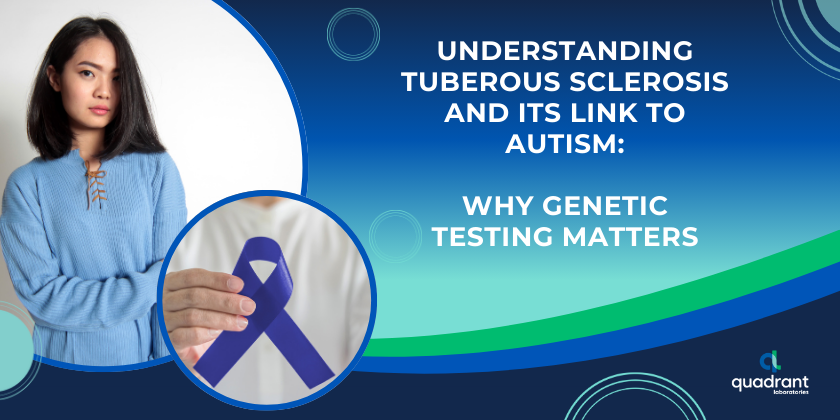
Fragile X Syndrome (FXS) affects about 1 in 291 women and 1 in 855 men in the general population.[1] Women who carry fragile X mutations pass these mutations on to their children, causing fragile X syndrome. Families with or without a history of intellectual disability can develop FXS.
If you suspect that your child may have fragile X syndrome, a simple at-home saliva test can provide answers. When a child is tested for fragile X syndrome, the results can provide explanations for his or her intellectual disabilities and behavioral difficulties. Taking this step allows the family and other caregivers to gain a deeper understanding of the disorder and manage the child’s care accordingly.
Fragile X syndrome tends to be genetic, and as such, children with immediate or extended family members who exhibit signs and symptoms of FXS should be tested. In addition, children with intellectual disability, developmental delay, or autism, especially if they have any physical or behavioral characteristics of fragile X syndrome, should seek testing.
Research has shown that early intervention can make a difference when it comes to treating children with intellectual disabilities such as autism, which is often caused by FXS. When parents and caregivers are armed with a diagnosis, they are empowered to seek appropriate treatment, which can completely change the trajectory of a child’s life.
In most states, children ages three and older can receive services and support from local public school systems or state-sponsored parent centers even before they begin to attend school. Access to these services often requires an official diagnosis, which underscores the need for testing at an early age.
Testing for fragile X syndrome is now easier than ever before. Quadrant Laboratories offers an at-home saliva test that uses DNA to screen for FXS.
[1] Centers for Disease Control Data and Statistics on Fragile X Syndrome



